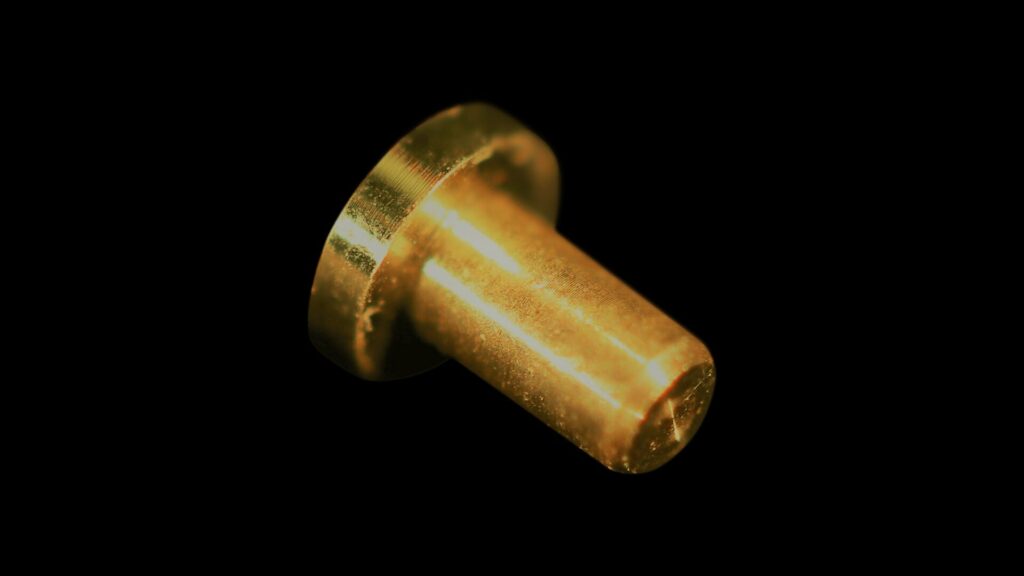The gold pin captured in this photo is in reality no bigger than the tip of a pencil. But, despite its modest size, it plays a key role in the operation of the LEOX (Low Earth Orbit Facility), where ESA space technology tests are carried out.

Satellites in near-Earth orbit are exposed to a variety of negative factors, ranging from large temperature differences to increased radiation levels. One of them is atomic oxygen, which is formed by the decay of oxygen molecules under the influence of solar radiation. It has very powerful erosive properties and over time can cause damage to the spacecraft body. Therefore, before launching any equipment into space, ESA subjects it to a strength test in its simulators.
The LEOX installation is designed specifically for this purpose. It generates atomic oxygen moving at a speed of 7.8 km/s, which makes it possible to simulate conditions in orbits up to 1000 km high. This is a very difficult process, because due to their very high reactivity, oxygen atoms have a destructive effect on the simulator itself. In fact, the materials used for its manufacture must be as durable as the materials used to build satellites.
The gold pin shown in the photo is used to inject tiny pulses of oxygen gas molecules into a vacuum chamber, where the molecules are split into atoms using a powerful laser. Gold is one of the few elements capable of withstanding the combined effects of laser and atomic oxygen.
However, even gold pins wear out over time and need to be replaced. At the same time, they cannot be bought in a regular hardware store. To solve the problem, ESA turned to jewelers — and found a workshop in Italy specializing in the creation of miniature mechanical gold parts for watchmakers and other industries. It made the pins for the installation of the LEOX.
You can also read about how ESA specialists have started testing promising materials that are planned to be used for the construction of the Venusian probe.
Follow us on Twitter to get the most interesting space news in time
https://twitter.com/ust_magazine
